|
|
|
|
Formerly Hong Kong's "capital" known as Victoria, Central is the seat of government and the financial and banking centre. The tallest building in the district is Two IFC, designed by Cesar Pelli and completed in 2003.





The Hong Kong Monetary Authority, the city's de-facto central bank, has a viewing gallery and exhibition hall on the 55th floor with nice views of the city.



Otherwise, you need to be a staff or a client to see these skyline views.


|
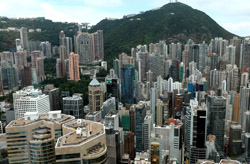
|
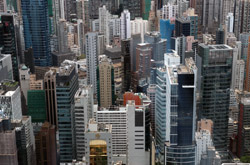
|

|
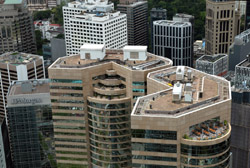
|
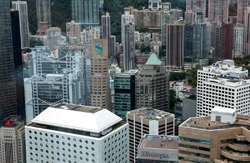
|
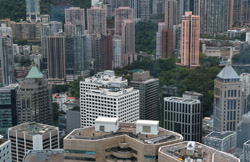
|
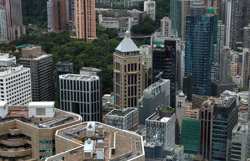
|
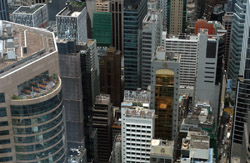
|

|
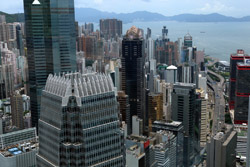
|
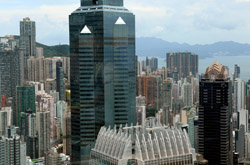
|
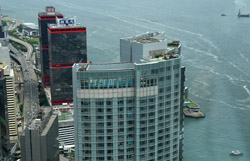
|
|
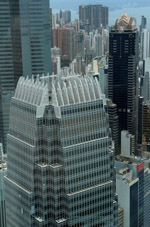
|
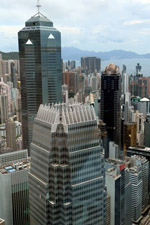
|
The Four Seasons Hotel is directly connected to the IFC mall and Hong Kong station.

The shorter One IFC is also designed to cater for banks' trading floors.

Despite the density, IFC mall has a rooftop garden with plenty of seats for office workers to enjoy their lunches against the beautiful views.


Many mainland Chinese companies have expanded their Hong Kong operations in their bids to globalize. Their mark on the commercial real estate market is getting more and more evident.


|
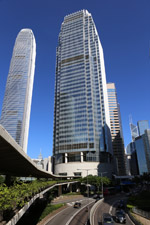
|
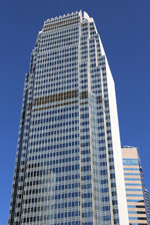
|
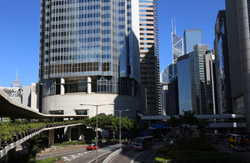
|
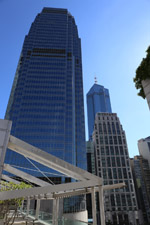
|
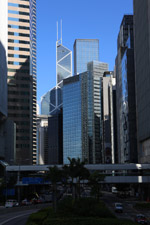
|
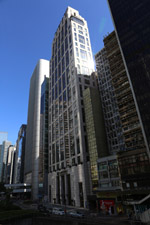
|
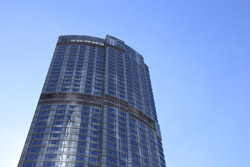
|
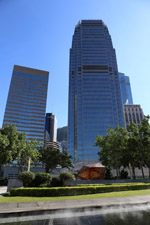
|
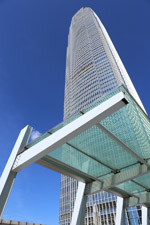
|
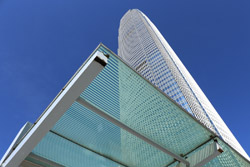
|
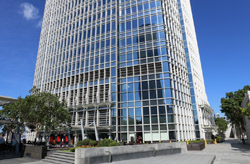
|
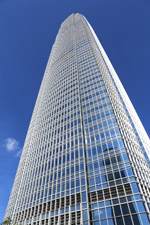
|
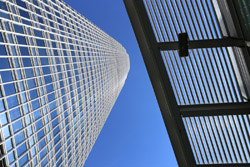
|
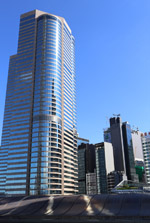
|
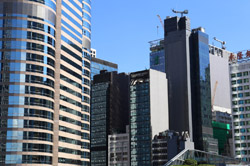
|
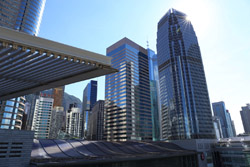
|
As Hong Kong's prosperity grew, the need for land has pushed the coastline further out due to reclamation. From IFC's rooftop garden, you can see the huge swath of reclaimed land that has been partially changed into an events venue. Nobody will block your harbour views here.





|

|
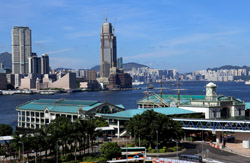
|
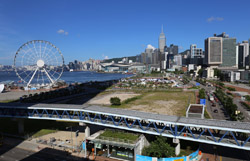
|
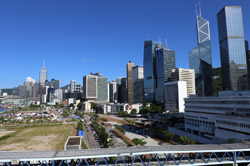
|
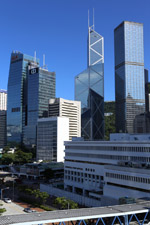
|

|

|
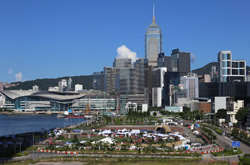
|

|
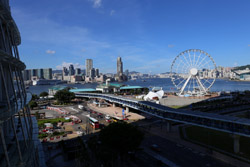
|

|
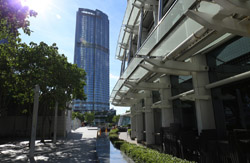
|
|
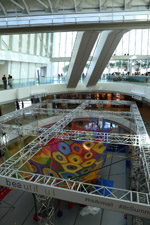
|
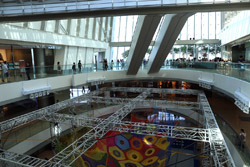
|

Jardine House was the first skyscraper and made a prominent mark on the 1970s skyline. Now, it is overshadowed by many more tall buildings around it.

Designed by Norman Foster, HSBC's Hong Kong headquarters was the most expensive building when it was built in the mid-1980s.



Across the harbour, the newer ICC was designed to form a harbour gateway with IFC.

|
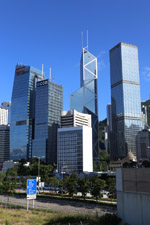
|
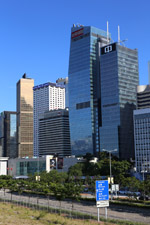
|
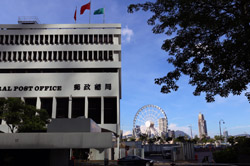
|
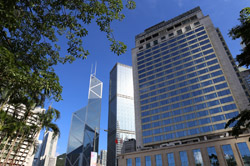
|
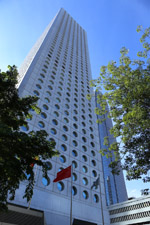
|

|
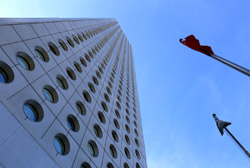
|
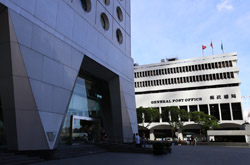
|
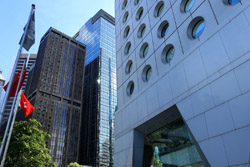
|
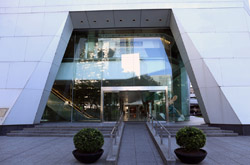
|
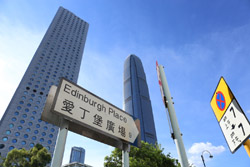
|
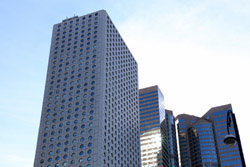
|
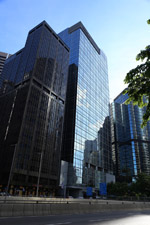
|

|
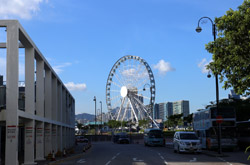
|
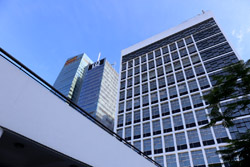
|
Standard Chartered redeveloped an older office tower into this glassy, modern building at Exchange Square.
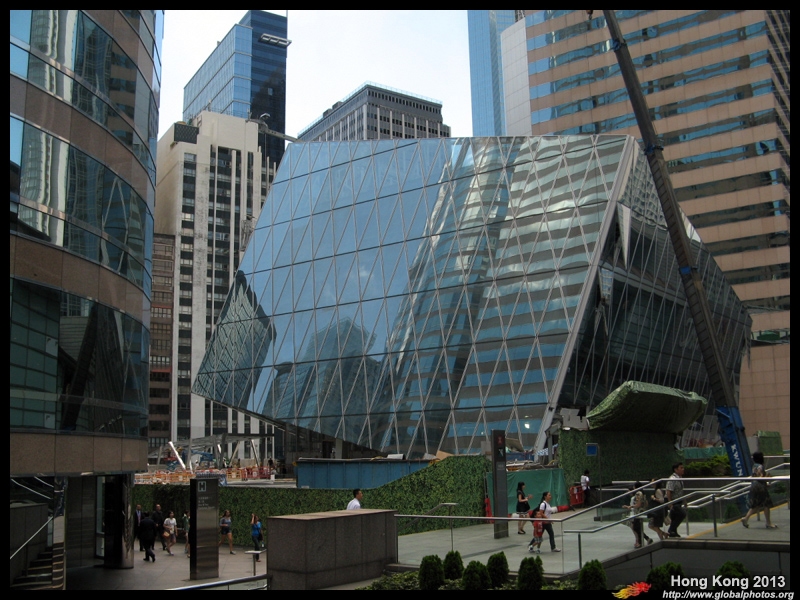

|
City Hall opened in 1962 along the waterfront next to the Star Ferry. The coast has since moved and the ferries now anchor hundreds of metres away. Designed in the Bauhaus style, its simple clean lines and white facade still functions as a government services centre today.



City Hall's staircases have plenty of windows to enjoy the harbour views.



|
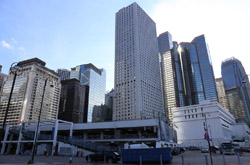
|

|
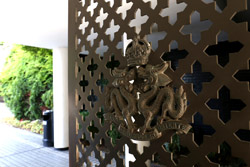
|
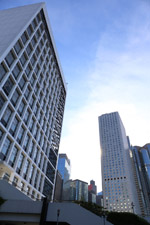
|
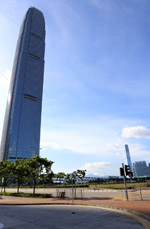
|
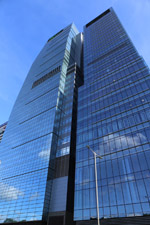
|

|
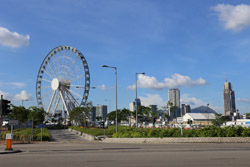
|

|
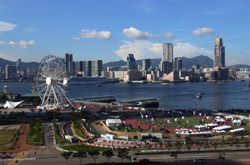
|
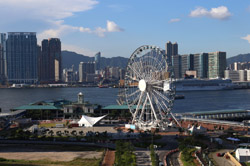
|
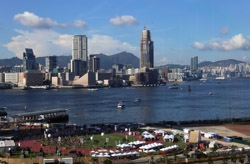
|
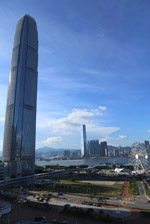
|
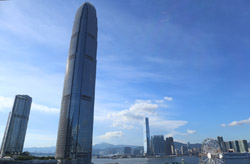
|
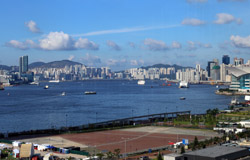
|
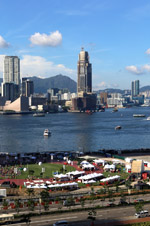
|
Older skyscrapers line along the interior streets which once stood at the waterfront. New redevelopments have mixed with existing older buildings.
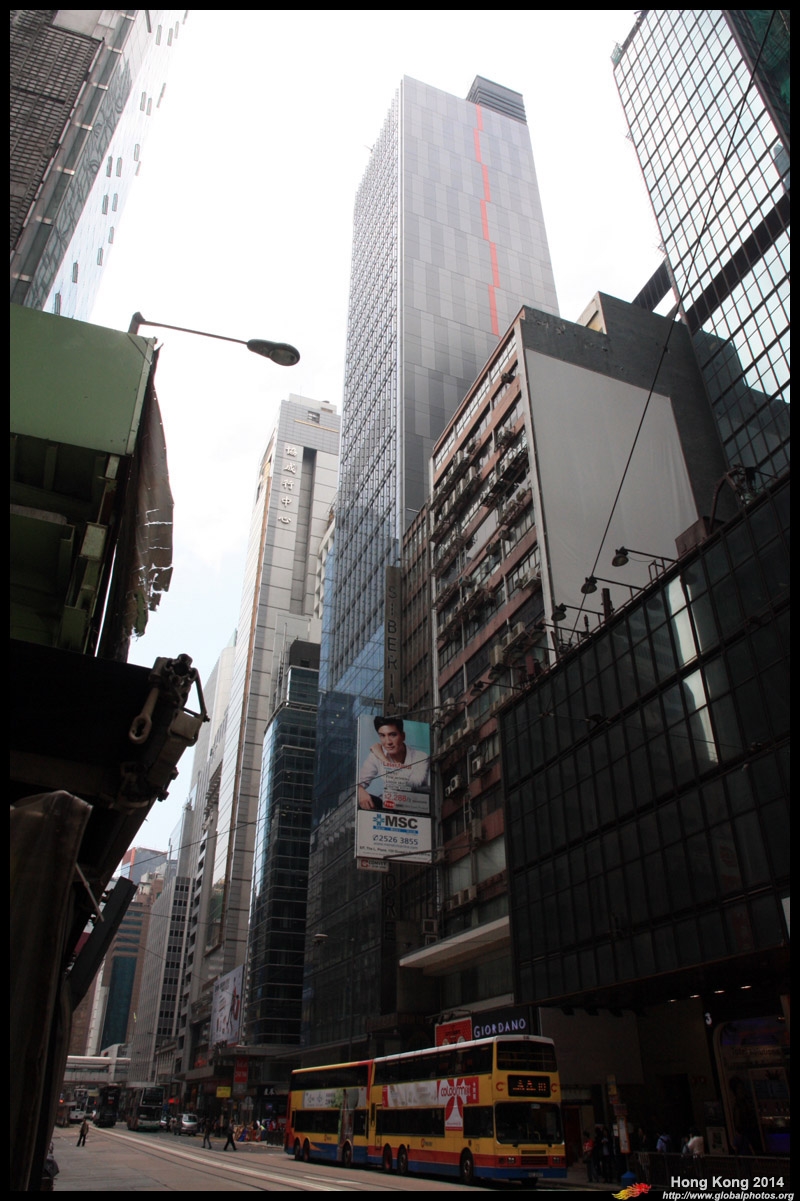
A Taiwanese bank has slapped its logo on top of this newly-built skyscraper.

The Bank of China Tower was designed by I.M. Pei and its corners were believed to have meant to slice through the British Governor's mansion further uphill.

After the British left, the Chinese People's Liberation Army took over this building for their headquarters. They have since recladded their exterior to a more modern look.
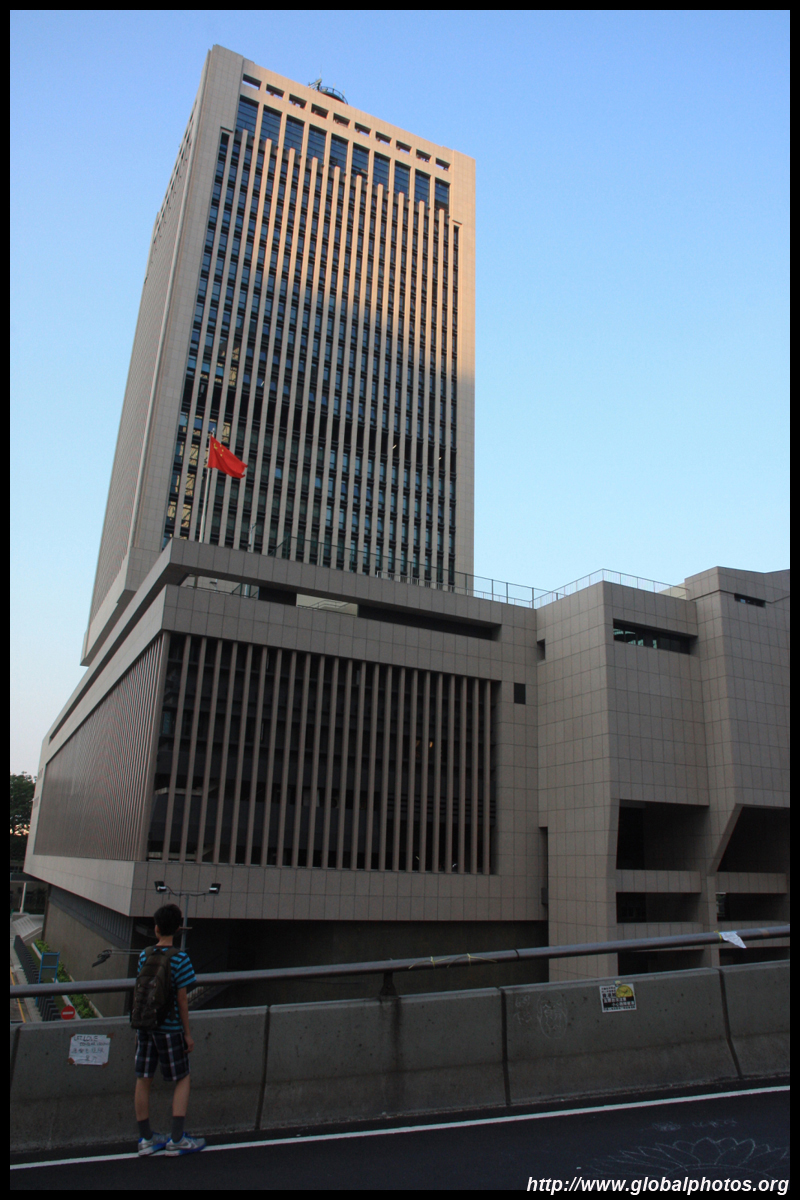
|
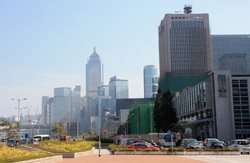
|
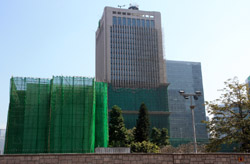
|
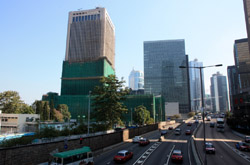
|
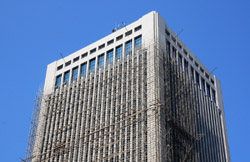
|
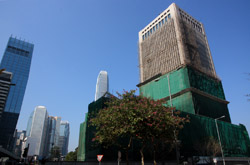
|
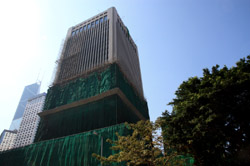
|
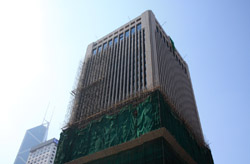
|
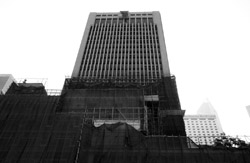
|
Uphill, the Murray Building was built in 1969 as a government office but was renovated into a fancy and expensive hotel.



|
From the Peak, the density becomes quite evident.


|
The City Gallery is located next to City Hall and displays the various urban planning projects and vision. With so much reclamation and construction along the waterfront, the scale model of the CBD in the future is quite relevant to visualize what is coming.


Outside the core, various new towns and reclamation projects are being planned. The airport will get an additional 3rd runway, and there is even a bold plan to build several artificial islands outside the harbour for further housing.

|
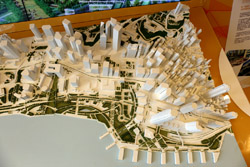
|
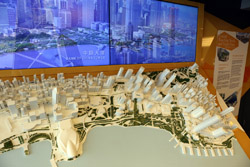
|
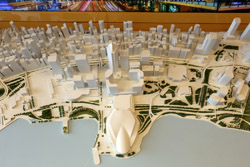
|
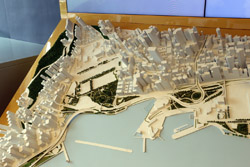
|
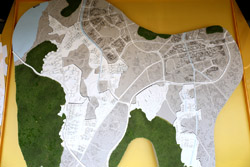
|
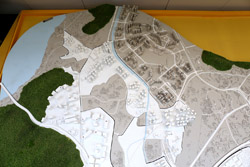
|
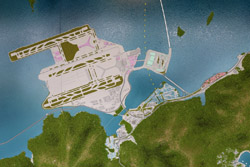
|
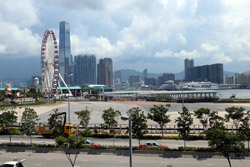
|
|
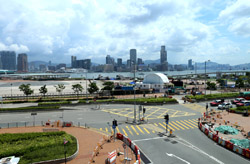
|
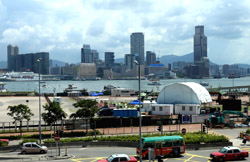
|
The Centre had headlines in 2017 when CK Asset Holdings, owned by billionnaire Li Ka-shing, sold its 75% stake in the building covering 1.22 million sq ft of space for over USD$5 billion.
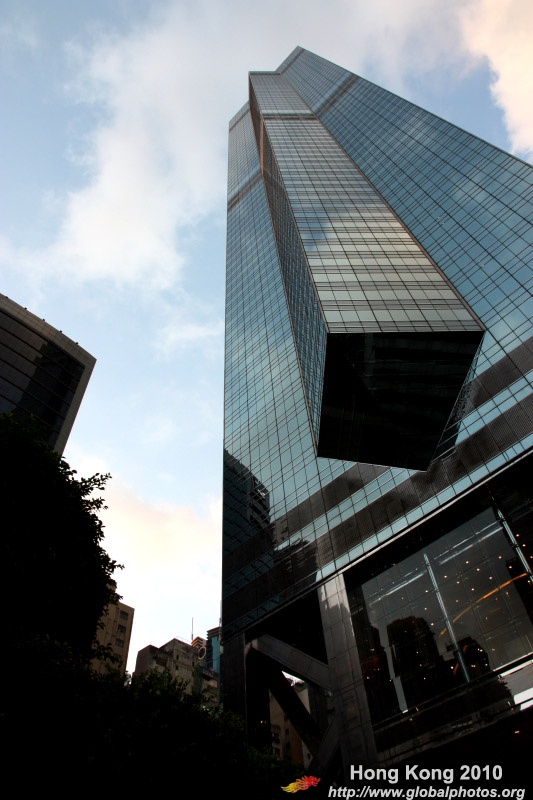

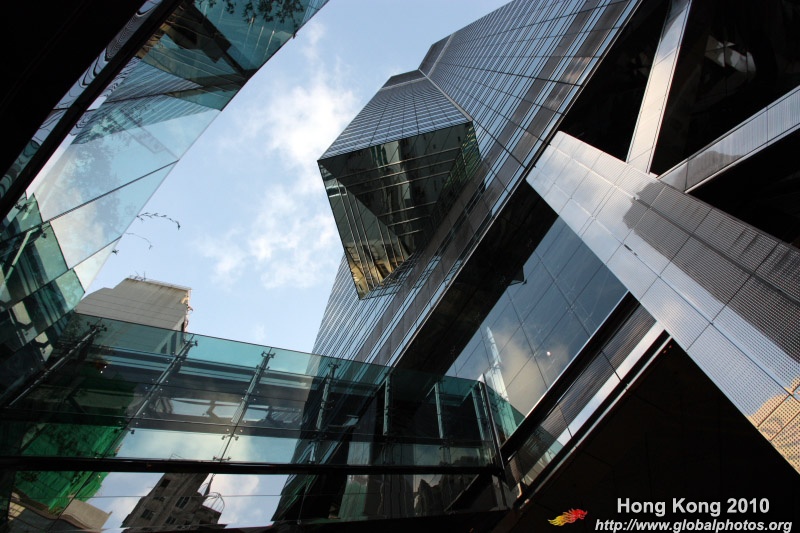
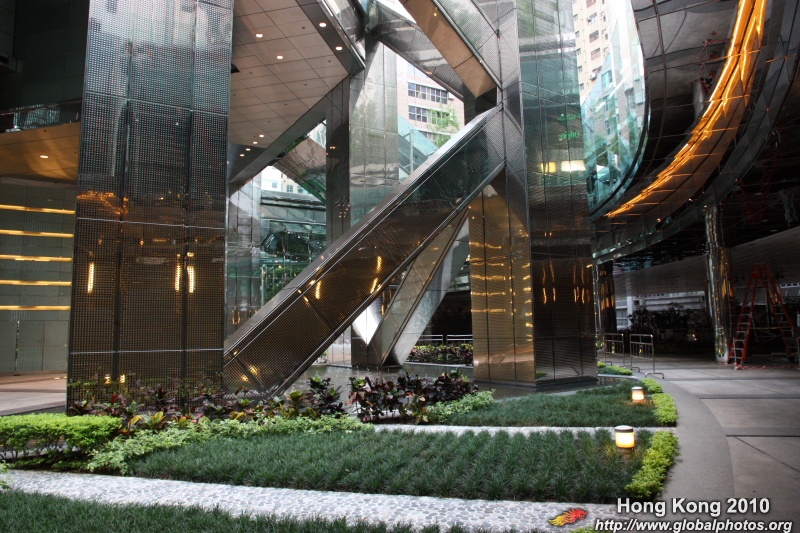

|
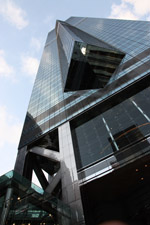
|
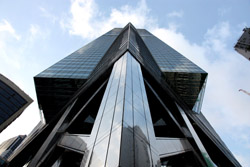
|
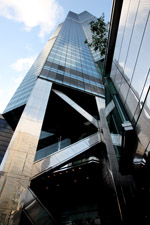
|

|
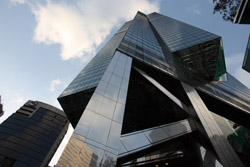
|
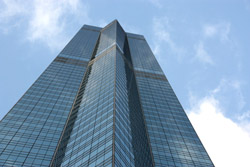
|
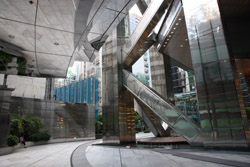
|
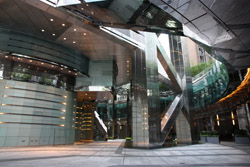
|
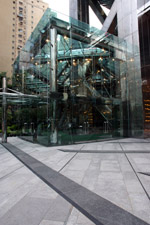
|
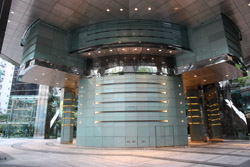
|
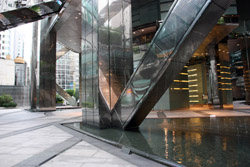
|
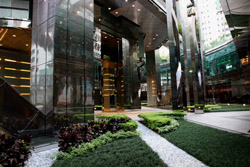
|
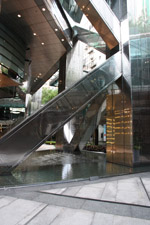
|
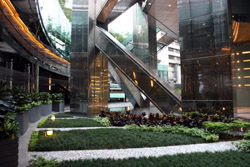
|
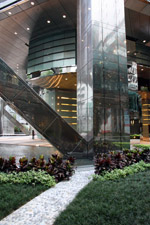
|
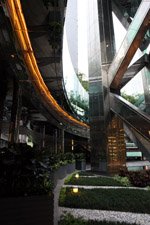
|
|
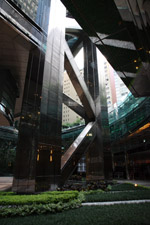
|
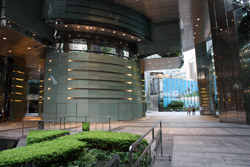
|

